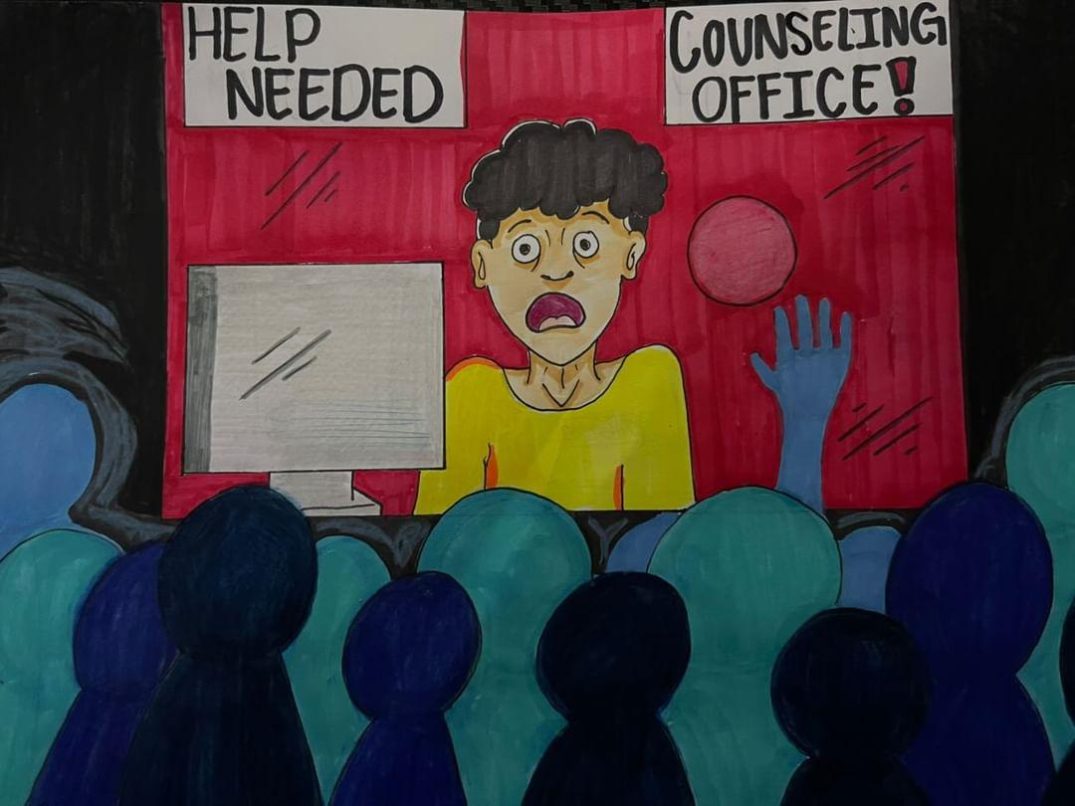American society is growing increasingly comfortable with sex in the mainstream media, but just because sex is everywhere it doesn’t mean that sexually transmitted diseases are everywhere too.
The proliferation of sex on TV, radio and the Internet is only making students wiser earlier.
The subject of sex hasn’t always been an open dialogue. This article probably wouldn’t be printed if the year were 1950.
Sex is no longer a shot-in-the-dark experiment. By the time a student reaches their freshman year of college, they’ve been learning what’s what for about seven years.
For most people in college, life isn’t like the movie “American Pie” or the recently canceled MTV series “Jersey Shore.”
Dating and relationships are different than they were 50 years ago, but not by much.
There is a trend among students named serial monogamy.
Serial monogamy is the practice of having a number of long-term romantic or sexual partners in succession, according to dictionary.com
So, while someone may have a relatively high number of partners, they may have taken the time to choose each one carefully.
“Serial monogamous youth were younger and most likely to have used condoms at last intercourse,” according to the Journal of the American Sexually Transmitted Diseases Association.
The sexual revolution started in the 1960s and never stopped. While the danger of STDs has risen since then, with HIV and AIDS instantly changing American culture in the 1980s, consciousness keeps growing.
STDs aren’t playing a big part in the sex lives of many students because students have adapted. Having safe sex the first time with a partner is the status quo.
And STDs aren’t even the main reason for using condoms. One look at MTV’s reality series, “16 and Pregnant,” will give students more than enough reasons to be safe before the thought of an STD even get a chance to form.
Though sex is now ubiquitous in society and a certain innocence is gone, monogamy, chivalry, class, and consciousness still live on in many people






